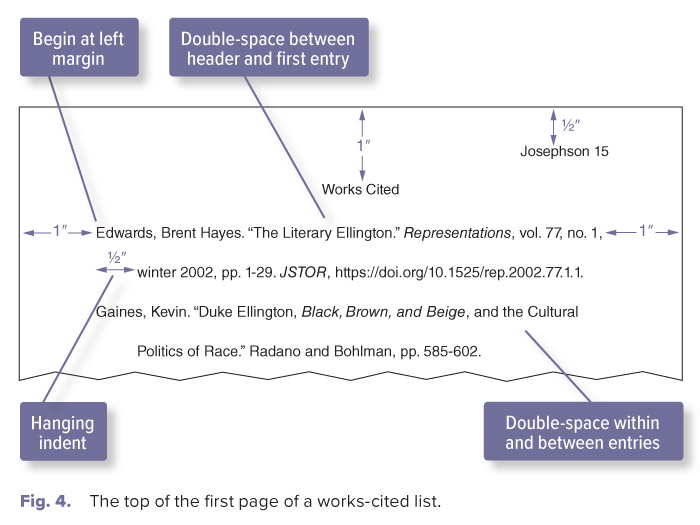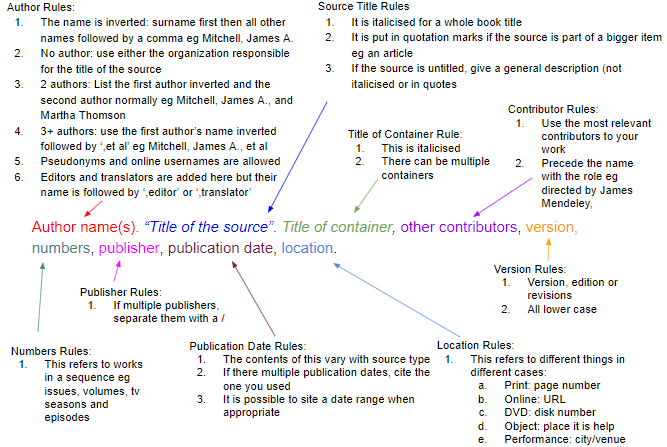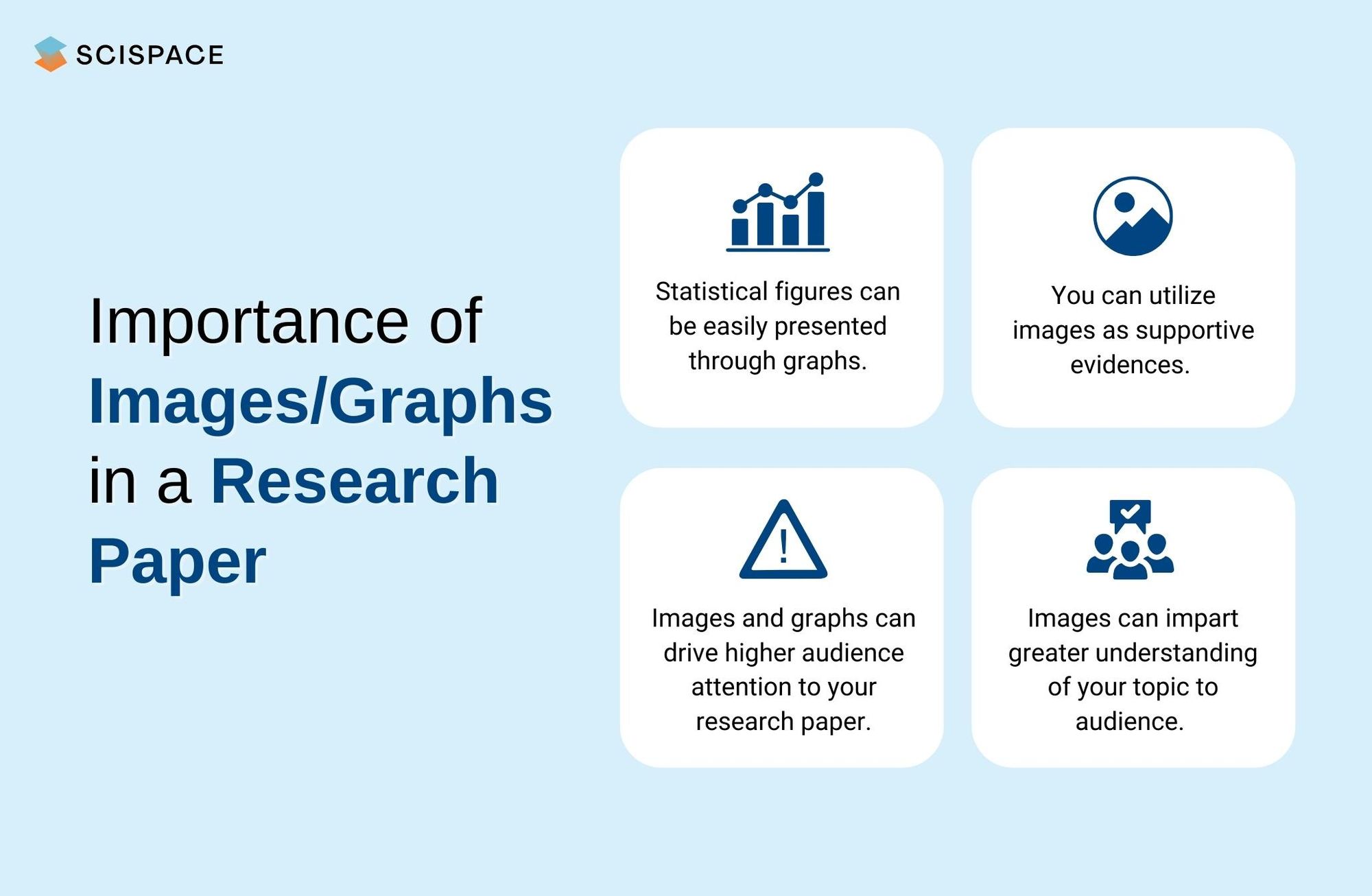Citing sources in a research paper is an important practice that helps to establish credibility, show the breadth of your research, and avoid plagiarism. The Modern Language Association (MLA) style is a common citation style used in the humanities, particularly in the field of literature. In this essay, we will discuss how to cite sources in a research paper using the MLA style.
First and foremost, it is important to understand the difference between quoting, paraphrasing, and summarizing. Quoting involves copying a passage or phrase verbatim from a source and using quotation marks to indicate that it is not your own work. Paraphrasing involves rephrasing a source's ideas in your own words, while still maintaining the original meaning. Summarizing involves condensing a source's main ideas into a shorter form, usually in your own words. All three of these practices require citations to give credit to the original source.
There are two main types of citations in MLA style: in-text citations and full citations. In-text citations are brief references to a source that appear within the body of your paper. They typically include the author's last name and the page number of the source. For example: (Smith 123). Full citations are more detailed references that appear at the end of your paper in a list called a "Works Cited" page.
To create a full citation in MLA style, you will need to gather the following information about the source:
- Author's name
- Title of the source (book, article, etc.)
- Title of the container (journal, website, etc.)
- Other contributors (editors, translators, etc.)
- Version (if applicable)
- Number (if applicable)
- Publisher
- Publication date
- Location (page numbers, URL, etc.)
With this information, you can create a full citation using the following format:
Author's Last Name, First Name. "Title of Source." Title of Container, Other Contributors, Version, Number, Publisher, Publication Date, Location.
For example, if you were citing a book by Jane Smith, the full citation might look like this:
Smith, Jane. The Art of Writing. Random House, 2021.
If you were citing an article from a journal, the full citation might look like this:
Smith, Jane. "The Power of the Pen." Journal of Creative Writing, vol. 45, no. 3, 2021, pp. 123-145.
It is important to note that the specific format of a citation may vary depending on the type of source you are citing (book, journal article, website, etc.). It is always a good idea to consult the MLA Handbook or a style guide for more detailed guidance on how to cite specific types of sources.
In conclusion, citing sources in a research paper is an important practice that helps to establish credibility, show the breadth of your research, and avoid plagiarism. The MLA style is a common citation style used in the humanities, and it involves creating both in-text citations and full citations at the end of your paper. Gathering the necessary information about a source and using the correct citation format can help you create accurate and complete citations in your research paper.









